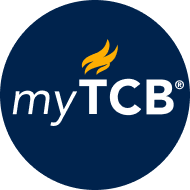
In February 2020, The Conference Board embarked on a research project to understand how human capital analytics (HCA) affects the worker experience and how companies use HCA. We had no idea how COVID-19 would affect our research but quickly decided to use the results from this prepandemic survey as a baseline to understand how this disruptive event would change how organizations thought of and used data. Nine months later, we conducted a slightly modified survey to measure how COVID-19 changed the way organizations think about workplace experience and HCA.
Organizations that address employee experience objectives with data analytics to fine-tune their human capital program design and execution could potentially deliver twice as much innovation, boost customer satisfaction ratings, grow the human capital return on investment (HCROI) by 270 percent, improve efficiency up to 15 percent, and increase profitability by 25 percent.
Organizations that are sensitive to and invest in the “experience” of their workers are already experiencing these results, as both external research1 and our own research findings confirm. A positive experience boosts employee affiliation, engagement, and loyalty to the organization, resulting in positive impact on productivity and innovation.2 Initiatives designed by “guessing” what the workforce will respond to will not generate positive outcomes—they hav
Distinguished Principal Research Fellow, The Confe…
Founder & CEO, HCMoneyball

myTCB® Members get exclusive access to webcasts, publications, data and analysis, plus discounts to events.